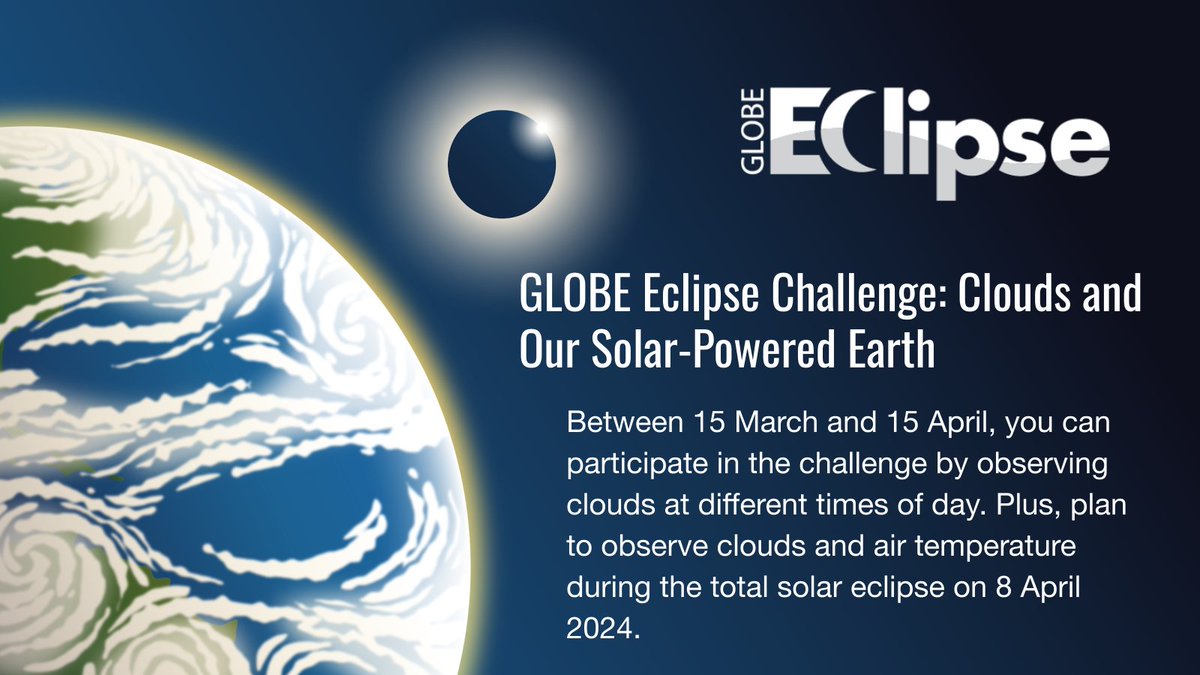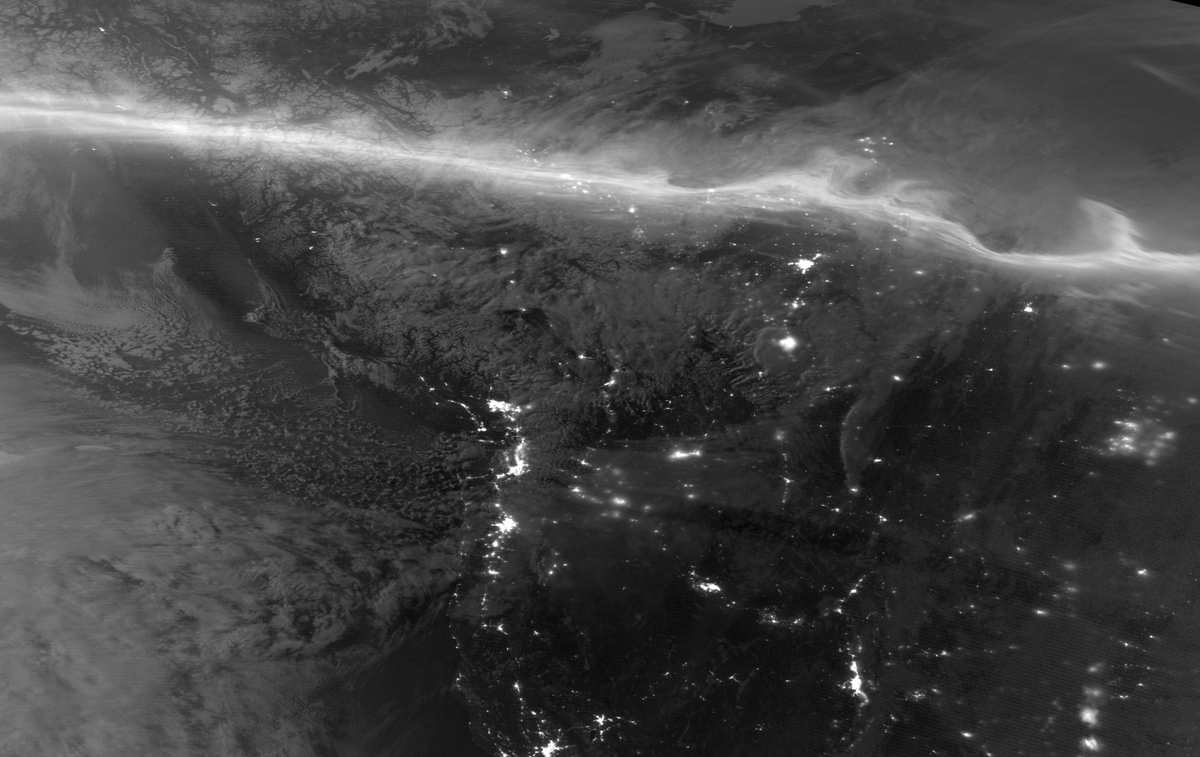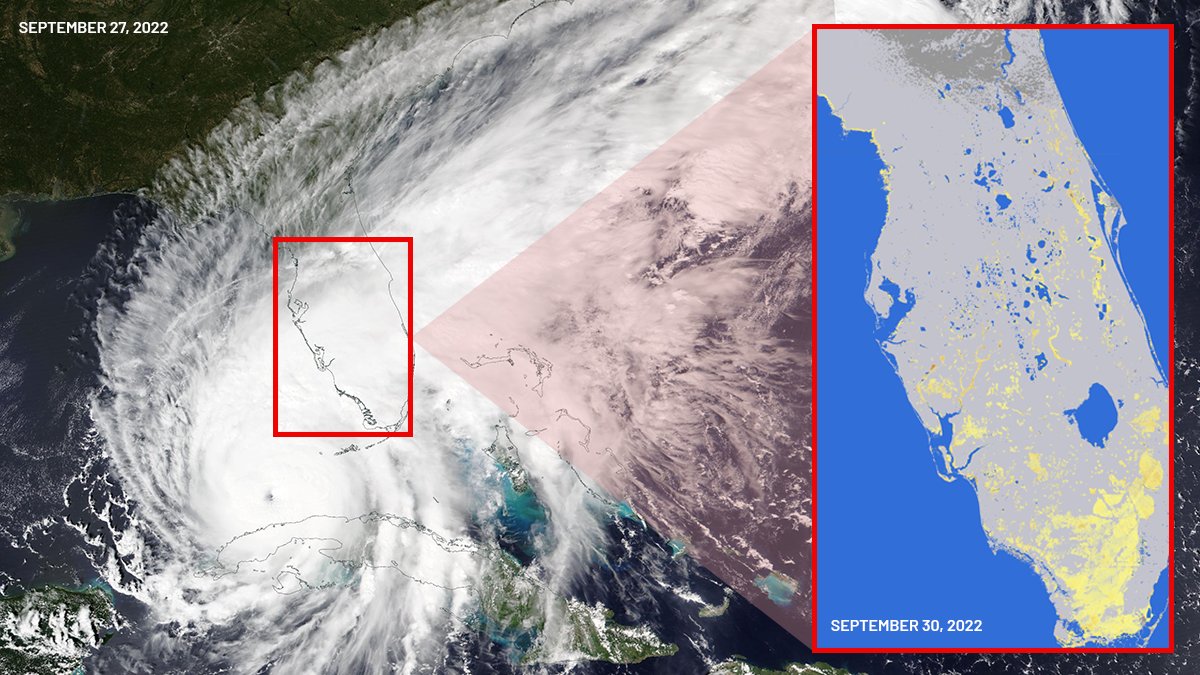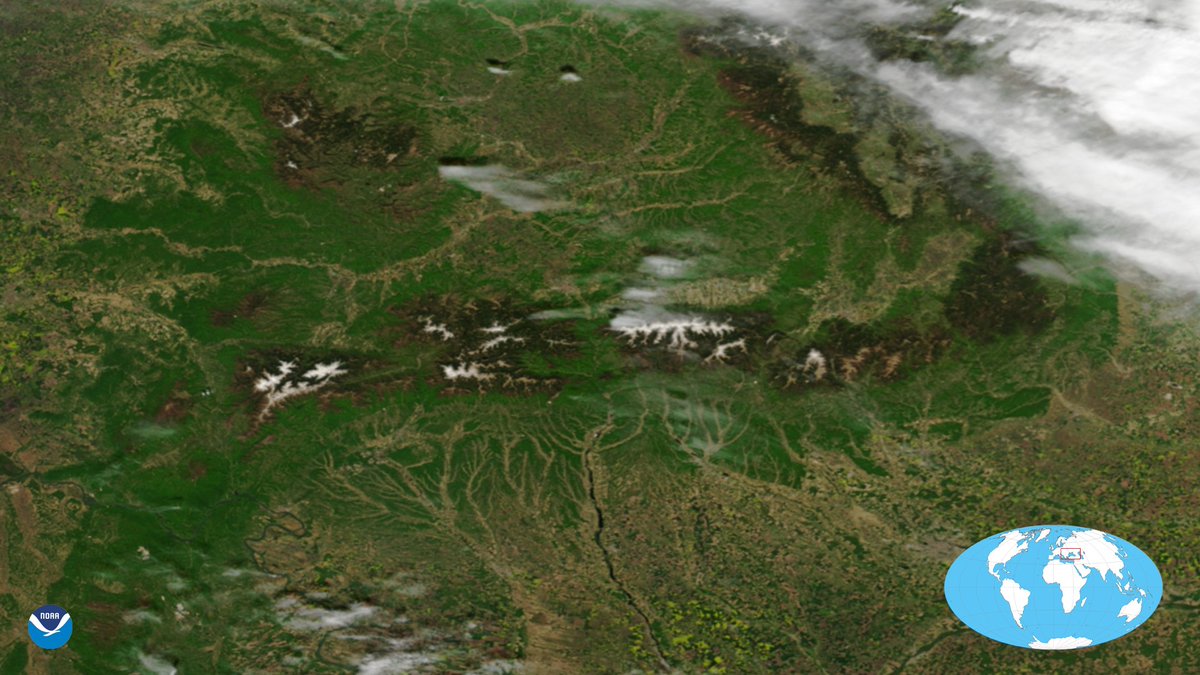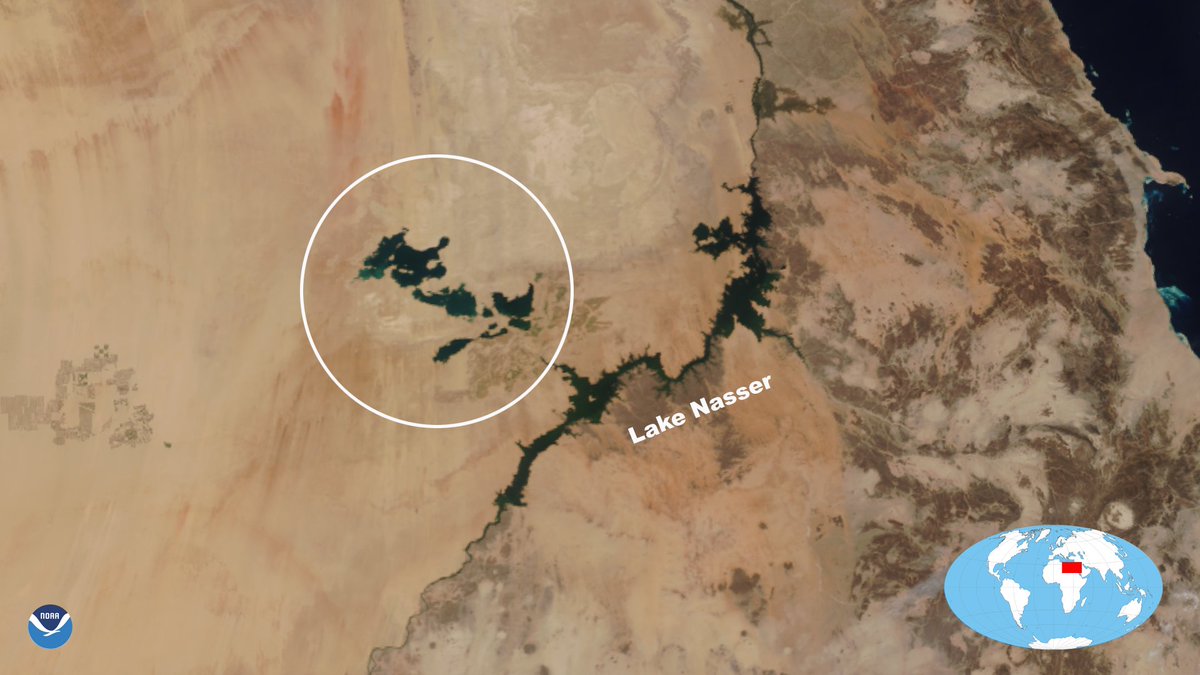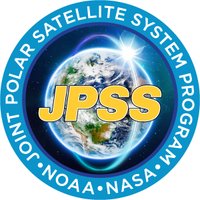
Joint Polar Satellite System (JPSS)
@JPSSProgram
Official account of the Joint Polar Satellite System (JPSS). A collaborative @NOAA and @NASA program for latest generation of polar-orbiting weather satellites.
ID:168537920
https://www.jpss.noaa.gov 19-07-2010 17:00:15
4,9K Tweets
21,8K Followers
98 Following



Our Crosstrack Infrared Sounder (CrIS) has successfully completed electromagnetic interference testing, ensuring it can provide data about our atmosphere, oceans and landscape from the harsh electromagnetic environment of space. bit.ly/3PWwBGE #SpaceSymposium
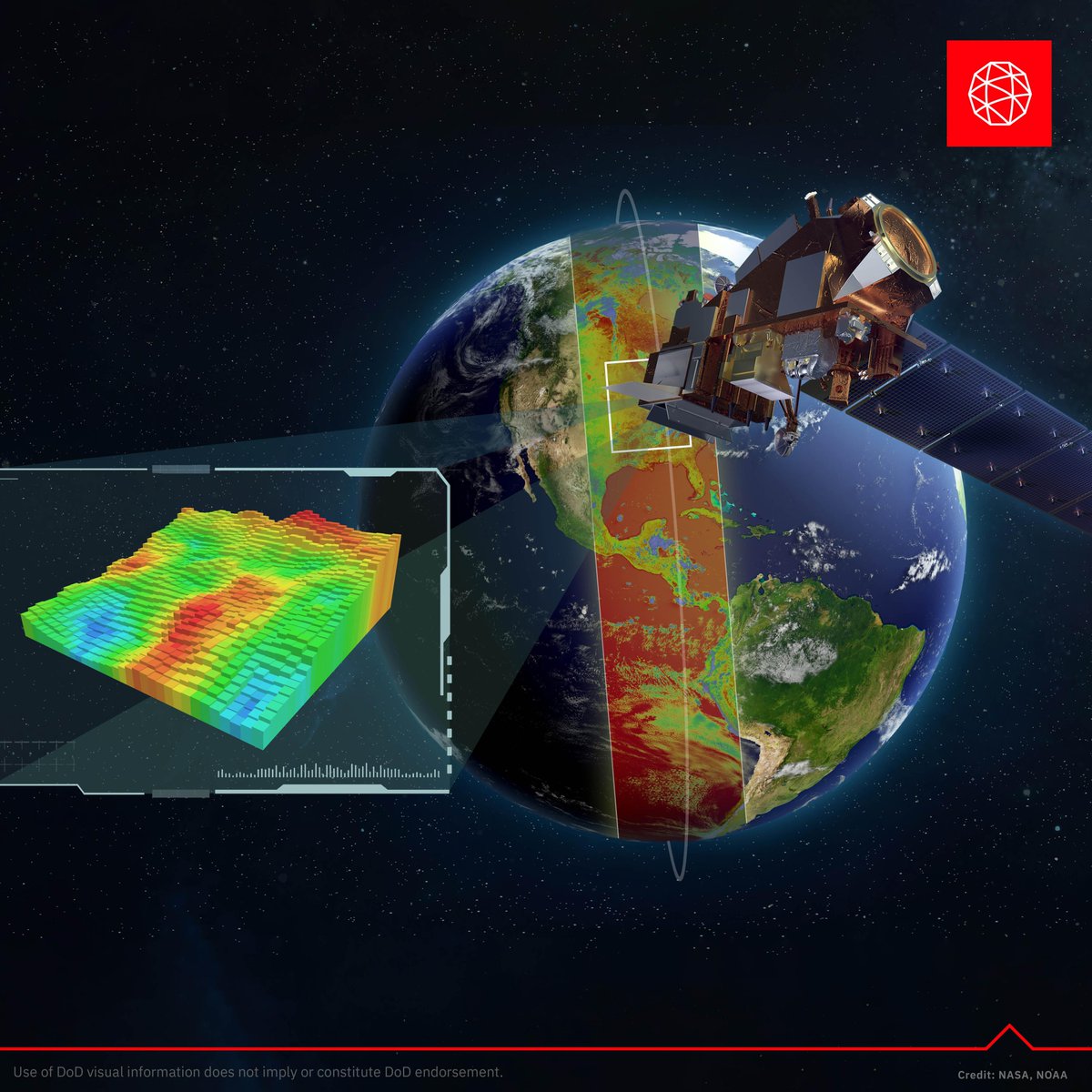
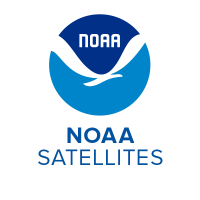
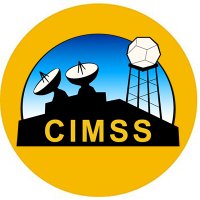





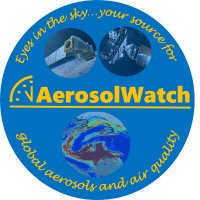
Thick #SaharanDust (brown shading) engulfed the #IslasCanarias on 10 Apr, shown by #VIIRS aerosol detection from the NOAA Satellites Joint Polar Satellite System (JPSS) #NOAA20 satellite. Mark Parrington Barcelona Dust Dust Storm News Phurbu
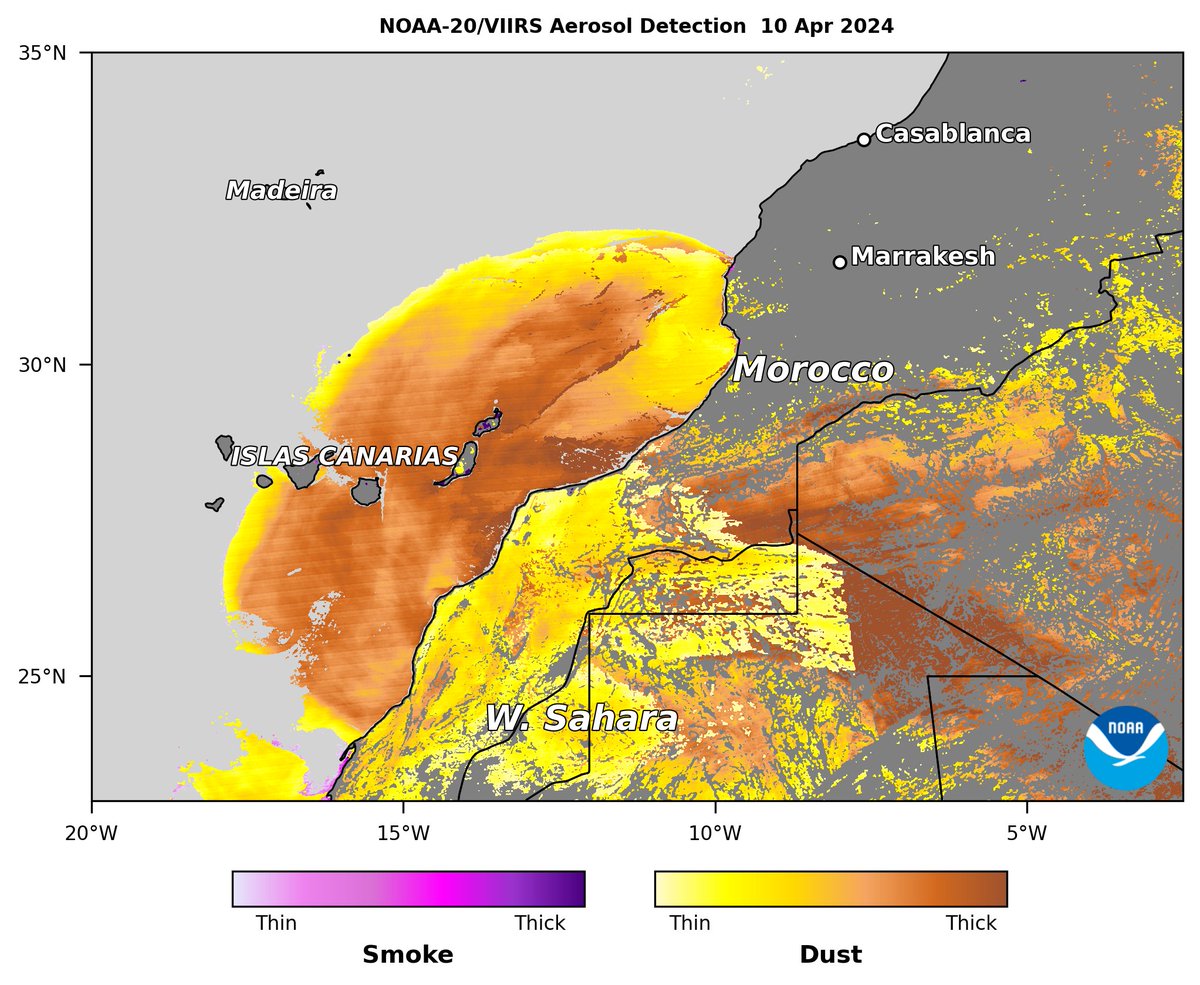


#SNPP #VIIRS aerosol detection observed a thick plume of #SaharanDust (brown shading) moving across the western #MediterraneanSea on 8 Apr. NOAA Satellites Joint Polar Satellite System (JPSS) Mark Parrington Phurbu
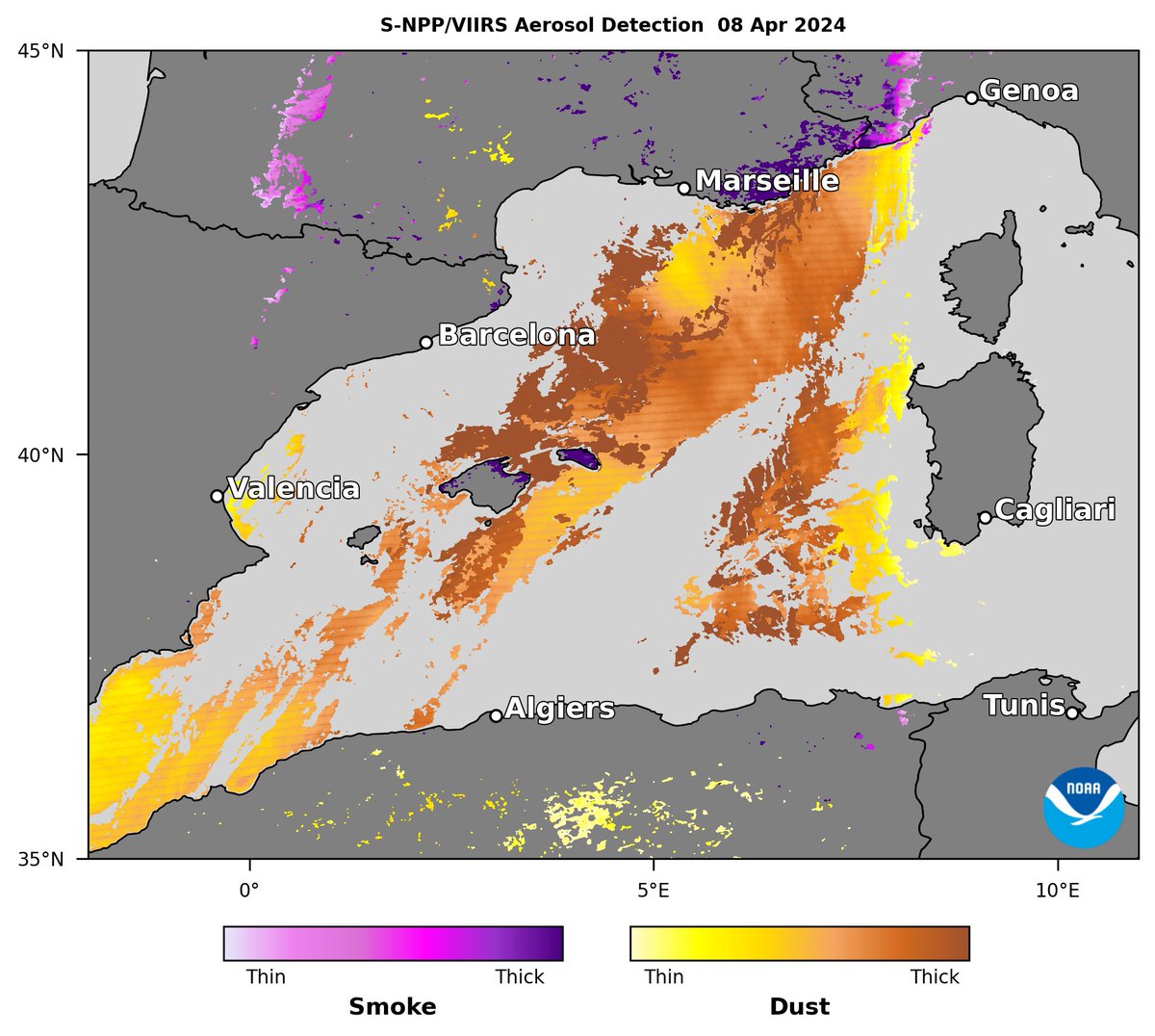


We're streaming our #TotalEclipse coverage live from the Dallas Cotton Bowl® Stadium!
Tune in to watch special guests and experts from NOAA, NSF, and NASA talk about the eclipse, space weather, and why we study the sun. twitter.com/i/broadcasts/1…


Join NOAA's JPSS satellites in observing Earth on the day of the April 8, 2024, eclipse. Share your cloud photos with The GLOBE Program to celebrate #CitizenScience Month!
Join in by recording your observations with the GLOBE Observer app! ☁️📸
Learn more: observer.globe.gov/do-globe-obser…
